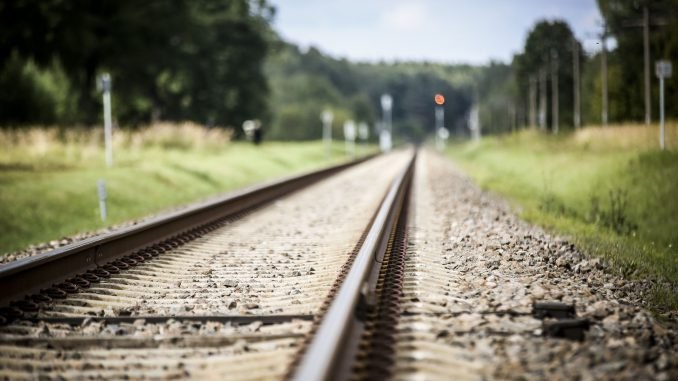
Kyviškės-Valčiūnai Bypass Project worth over EUR 50 million was implemented by Lithuania Railways (AB Lietuvos Geležinkeliai). It will allow to direct freight cargoes from the city. The European Union funded 85 percent of the project while Lithuanian Railways funded 15 percent.
According to Prime Minister Algirdas Butkevičius, it is important not only that freight cargoes will bypass residential areas but that freight volume will increase.
“The bypass is yet another significant step in modernising the 9th international railway corridor dragging from the state border with Belarus to Klaipėda. Investment in the modernisation of the corridor will allow Lithuania to boost its position as a transit country in the future as well as gain a competitive advantage. Conditions will be created to carry more cargoes to the port of Klaiėeda, while Lithuania’s budget will earn more revenue,” said the prime minister.
Minister of Transport and Communications Rimantas Sinkevičius had no doubt about the benefit of the project either. According to him, transit flow via Lithuania will increase and stimulate economic growth. Freight trains will be diverted from Vilnius city which will reduce congestion and the risk of pollution.
During the implementation of Kyviškės-Valčiūnai Bypass Project a 24.5 km stretch of railway line built after the Second World War for transporting special cargoes was reconstructed. A second rail line was laid in addition to the previous single one with the goal to increase cargo throughput. Stations, roads, switches, traffic management and electricity supply systems and telecommunications were reconstructed. 24 bridges and culverts as well as 10 crossings were reconstructed too.
The latest railway technologies applied globally were used while implementing the project, they ensure long-lasting, reliable and durable infrastructure that meets environmental requirements.
In addition to the aforementioned changes, two underground pedestrian crossings, a viaduct and a single-level pedestrian crossing were erected. More than 5 km of sound absorbing walls were built and 200 windows in residential buildings were replaced.

Be the first to comment